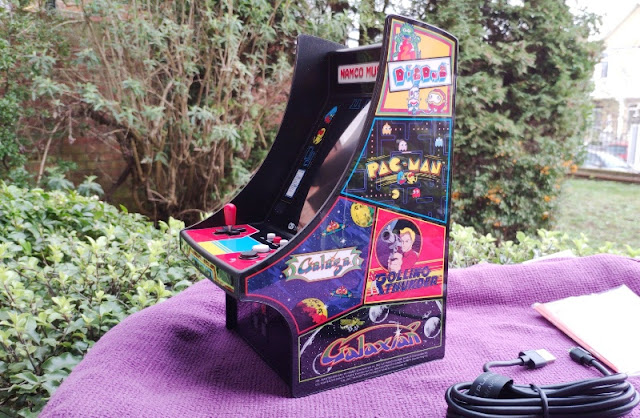














The Namco Museum Mini Arcade control panel d-pad doesn't have a pivot in the middle of it so, you can press the d-pad inward at the centre like a button. Having a centre pivot is super convenient though, as it allows you to easily rock the thumb from one direction to another without accidentally pressing a different directional input.
















0 comments